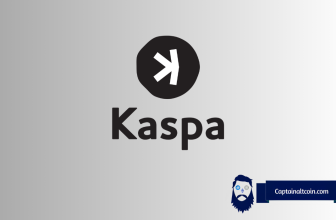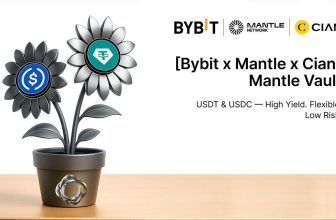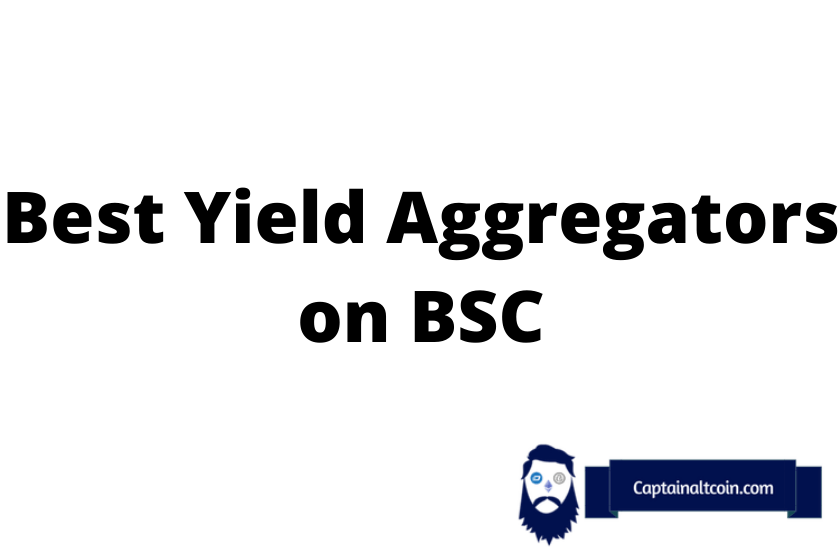
Discover the pinnacle of profitability with our comprehensive guide on BSC yield farming. As you venture into the lucrative landscape of decentralized finance, you’ll find that choosing the best yield farming crypto can be a game-changer for your investment portfolio. But with a myriad of options available, how do you pinpoint the best yield farming opportunities?
That’s where BSC aggregators come into play, streamlining your earnings and optimizing your returns. Dive in to unlock the secrets of maximizing your gains in the BSC ecosystem.
| Aggregator | Key Features | Website |
|---|---|---|
| Beefy Finance | Multi-chain auto-compounding vaults, supports various DeFi protocols, offers competitive APYs. | beefy.finance |
| Autofarm | Cross-chain yield aggregator with optimized vault strategies and a built-in DEX aggregator. | autofarm.network |
| Harvest Finance | Automated yield farming with strategies across multiple protocols, supports BSC and other chains. | harvest.finance |
| PancakeBunny | Offers auto-compounding for PancakeSwap LP tokens, enhancing yield farming returns. | pancakebunny.finance |
| Bolide Finance | Provides automated DeFi investment strategies with a focus on simplicity and security. | bolide.fi |
| Rebalance Finance | AI-powered DeFi protocol designed to maximize returns with minimal risk through automated strategies. | rebalance.finance |
| Mozaic | Utilizes AI to optimize yield and liquidity strategies across DeFi platforms. | mozaic.finance |
| Metavisor | Offers liquidity automation and management tools for DeFi investors. | metavisor.app |
| EarnPark | Provides innovative, automated CeFi/DeFi strategies with up to 30% APY and bank-level security. | earnpark.com |
What you'll learn 👉
What are Yield Aggregators?
Yield Aggregators are dApps that leverage different DeFi protocols and strategies to maximize user profits. Users deposit their crypto holdings in these protocols, then the protocols and permissionless, with no trusted intermediaries, apply the best available DeFi strategies to generate maximum user profits.
The users lock up or stake their funds then the protocol put the crypto assets throughout decentralized finance to attract the best profits. The rate of return varies across different lending platforms. Aggregators take members’ funds and scan through the various platforms to select those that offer the best returns. In addition, aggregators focus on improving user experience by offering simplified features.
What is Binance Smart Chain?
Binance Smart Chain (BSC) is an Ethereum Virtual Machine-compatible blockchain used to create smart contracts for tokens on the Binance-branded blockchain. The new platform was launched by the Binance Chain community in April 2020 and introduces an all-new staking mechanism for BNB.
BSC is expected to increase the adoption and use of both BNB and Binance Chain by creating an ecosystem where token holders, validators, users, and developers benefit from staking and investing their crypto assets and also access opportunities for growth and innovation.
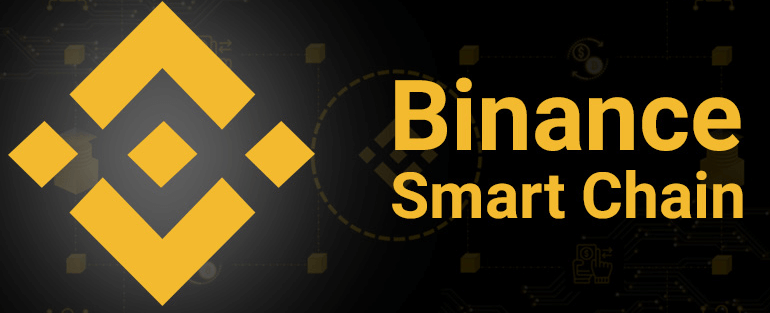
The timing for the launch of BSC is right, especially at a time the DeFi revolution still has momentum. The DeFi space has exploded in recent years as interest in alternatives in blockchain-based products increases.
Validators accumulate tokens from holders and the staked BNB is then used to confirm new blocks and process transactions in return for rewards paid out periodically. Binance Smart Chain uses a consensus mechanism called Proof of Staked Authority (PoSA) which has lower fees and supports a short block time.
Q1 2020 witnessed a 639% increase in active wallets across all blockchain with around 458,000 daily active wallets involving dApps. Binance Smart Chain (BSC) accounts for the largest number with around 105,000 daily active wallets on average.
Is Binance Smart Chain (BSC) centralized or decentralized?
There have been growing concerns about Binance Smart Chain (BSC) which tends to create a centralized system that violates the very principles of decentralization upon which the crypto industry rides.
By collecting tokens from holders and investing in returns for rewards, validators, in this case, are more of commercial banks that invest members’ deposits and pay back with interest. In this case, validators act as intermediaries.
How To Get Started
To use BSC, you first need to install a wallet before using the applications on the BSC. There are several wallets to choose from. Leading wallets include MetaMask, Trust Wallet, and Binance Chain Wallet.
Withdrawing funds from Binance to BSC
Binance users can withdraw their coins directly into their BSC wallet. Users however need to confirm that the crypto held is compatible and available on BSC. Additionally, users should also take note of the different fees charged by various networks. Other listed wallets include MetaMask and Trust Wallet.
Transferring funds using the Binance Bridge
Users can also use the Binance Bridge to withdraw funds from Binance Smart Chain Network, TRX, or Ethereum. Each of these networks supports certain types of assets with varying daily transaction limits.
On both platforms, users pay gas fees for the transaction just like Ether is used for paying transaction fees on Ethereum.
Akropolis has integrated other DeFi protocols like Maker, Aave, and Compound which are built on Ethereum.
Autofarm
Autofarm is a cross-chain yield aggregator that allows users to put their crypto assets in yield farming pools and earn rewards. This protocol takes advantage of the low fees charged on the Binance Smart Chain to yield high compound interest. This yield optimizer has more than US$1b total value locked (TVL).
Autofarm has two main products;
- Vaults; which automatically compound members’ yields at empirical optimal intervals and best in class yield optimizing strategies to maximize returns. The platform uses a proprietary dynamic harvesting optimizer that ensures the highest APYs on their vaults.
- Swap; this is a DEX aggregator that helps users to get the best prices from their DEX aggregator. Users can use this product to spread their trade across multiple DEXes to get the lowest slippage and best prices.
Aggregators can also participate in AUTO farming by amassing the required tokens for the vault. Single asset wallets like BUSD and WBNB only require one to just deposit the underlying token into the wallet.
Beefy Finance
Beefy.finance is a yield aggregator on Binance smart chain that helps crypto holders to maximize returns from yield farming. This aggregator uses a vault system to optimize yields. The vaults function as investment instruments and use smart contracts to implement various strategies.
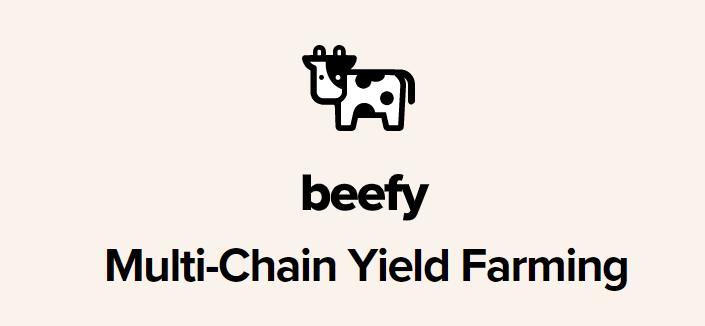
The vaults are able to consolidate the best available trading strategies that guarantee the best possible returns. Other functions of the vaults include;
- They use crypto assets to offer liquidity
- They provide collateral for borrowers
- They offer prudent management of collaterals to minimize chances of liquidation
- They use the accumulated crypto assets to compound profits and generate yields
Harvest
Harvest Finance is one of the largest yield aggregators with Total Value Locked amounting to $783 million and allows users to yield farm on Binance. Within a few weeks of its launch, Harvest Finance rose up the DeFi ladder and amassed$1 billion in total value locked. Harvest applies a variety of strategies on various platforms to maximize yields.

Bolide Finance
Bolide Finance is a next-generation decentralized yield aggregator built on Binance Smart Chain (BSC), with added support for Ethereum and Polygon. Its core function is to automate yield farming by deploying user assets across multiple DeFi protocols using smart contract strategies.
This means users can earn passive income without needing to manually manage or rebalance their positions. Bolide simplifies DeFi by offering non-custodial, cross-chain services, allowing users to retain full control over their funds while still accessing some of the best APYs in the ecosystem.
One of Bolide’s standout features is its integration with cross-chain bridges, making it easy for users to swap and move assets between supported blockchains directly through the platform. Its security measures are also noteworthy—Bolide smart contracts have been audited by trusted firms like Hacken, and its infrastructure is designed to be accessible to both beginners and advanced DeFi users.
With planned features like real-world asset trading and a linked debit card, Bolide is positioning itself as a full-spectrum DeFi platform for long-term users.
Idle
Idle Finance is a DeFi yield aggregator that scans various lending protocols on the Ethereum money market to yield the best interest rates. One advantage with Idle Finance is that users and developers don’t have to move funds between lending platforms manually but can instead buy IdleTokens.
In this case, the protocol dynamically rebalances the user’s underlying position each time there is a lending protocol that is offering the highest rate changes. These strategies are meant to ensure the user gets the best returns from their savings.
PancakeBunny
The Bunny team says it is dedicated to supporting the underlying DeFi ecosystem by offering a convenient way for users to automatically compound their yields through the Binance Smart Chain. The PancakeBunny aggregator enables yield optimization and auto compounding for all PancakeSwap LP pairs.

Bunny runs several strategies on multiple trading platforms to get the best trading conditions that guarantee optimal returns. The team is working on several other innovative features and Yield Optimization Strategies including USDT-BUSD, VAI-BUSD, USDC-BNB, DAI-BNB, USDT-BNB, BUSD-BNB, and BUNNY-BNB pools.
Another unique feature with PancakeBunny is the maximizer vaults that allow users to stake in specific pools and auto compounds into the CAKE compounding pool thus opening more windows for users to earn greater returns without risking their principle.
Pickle
Pickle pools users’ funds in smart contracts with automated strategies that put the assets in productive use and generate higher returns than what would be if funds were placed in a lending protocol. It allows users to deposit funds directly from liquidity pools and executes sophisticated strategies to maximize depositor’s returns.
Pickle also continually develops new strategies to replace outdated ones ensuring that they are relying on the latest market trends to develop new strategies. The protocol uses vaults, yield farming incentives, and governance to obtain a variety of investment products. Pickle Vaults or pVaults applies a variety of strategies to optimize returns for pVault owners and the protocol.
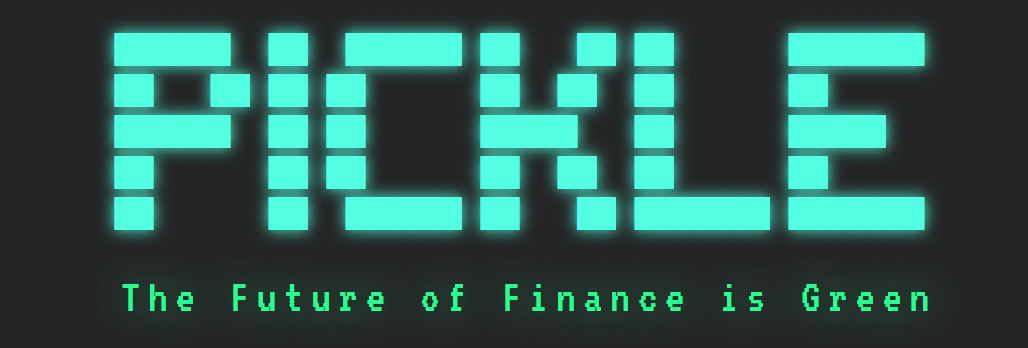
Read also:
- 1Inch Exchange review
- Dharma.io review
- Pooltogether review: How does Pooltogether work?
- Aave vs Compound
- Aave price prediction
- UNI price prediction
- FTM price prediction
- Read also about the top 10 DeFi projects overall (most of them are on Ethereum).
Value DeFi is built with AMM exchange and Farms-as-a-Service liquidity mining solution by $VALUE token. Users can stake their tokens directly on the protocol to earn rewards. In addition, aggregators leverage multiple strategies and platforms to generate the highest possible returns for crypto holders.

Vesper
Vesper was launched in February 2021 and offers a suite of yield-generating products geared at improving optimization, accessibility, and longevity. Since its launch, the protocol has made steps to carve out its own space in the DeFi sector. Vesper accumulated more than $240 million in Total Value Locked and ranked at position 20 on DeFi Pulse. The platform also reported more than $100 million in trading volume within the first 24 hours.
The Vesper team is committed to offering an easy-to-use Decentralized Finance ecosystem that serves the interest of various calibers of traders. All activities on Vesper DeFi are powered by the protocol’s native currency called Vesper token (VSP).
Jetfuel
Jetfuel is a yield aggregator and yield farming platform that brings together some of the most successful features in DeFi. The platform works with the best projects in DeFi to offer liquidity, development, marketing, and fundraising. The Jetfuel Launchpad platform designed to offer incentives for liquidity and innovative token sale.
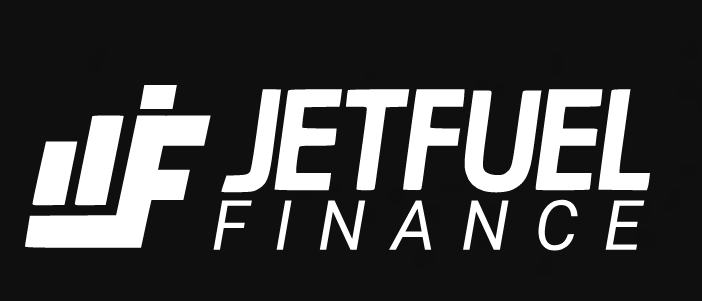
The aggregator is backed by a deflationary token called FUEL token that burns at the rate of 1% per transaction. This helps to reduce sales pressure and creates scarcity of the token to stabilize its prices. In addition, the token is also used to fund the Jet Hangar through a 1% tax levied on every transaction. The Jet Hangar is an extremely easy governance and staking platform and gives users full control over features and development.
The DeFi space has maintained the momentum with the introduction of several system upgrades and innovative features. Within DeFi, yield aggregators are playing a pivotal role in the yield farming economy by applying various strategies and DeFi protocols to maximize user profits. To yield substance returns, users simply need to stake or lock funds and reap both variables and fixed returns on their crypto assets.



